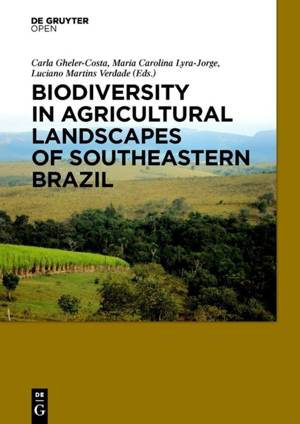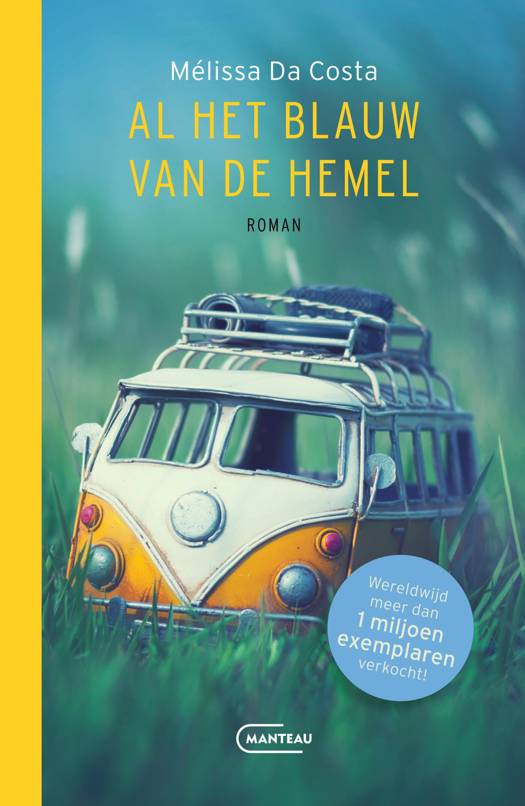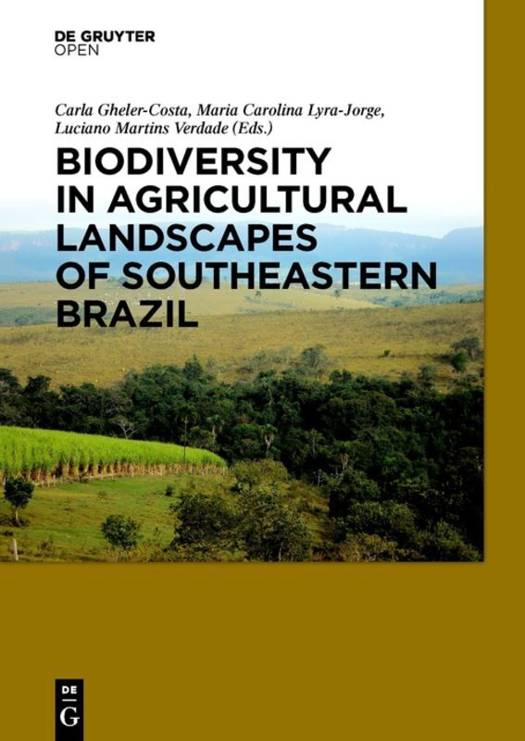
- Afhalen na 1 uur in een winkel met voorraad
- Gratis thuislevering in België vanaf € 30
- Ruim aanbod met 7 miljoen producten
- Afhalen na 1 uur in een winkel met voorraad
- Gratis thuislevering in België vanaf € 30
- Ruim aanbod met 7 miljoen producten
Zoeken
Biodiversity in Agricultural Landscapes of Southeastern Brazil
Hardcover | Engels
€ 171,45
+ 342 punten
Omschrijving
The state of São Paulo, Brazil, is one of the most densely populated and developed areas in South America. Such development is evident both in terms of industrialization and urbanization, as well as in agriculture, which is heavily based on sugar cane, Eucalyptus plantations and livestock. This intense land use has resulted in great alteration of the original land cover and fragmentation of natural ecosystems. For these reasons, it is almost a paradox that jaguar, a species that requires large areas of pristine forest to exist, is still found in some parts of the state of São Paulo. It is possible that wild animals could leave in coexistence with intense land use, or is it the case that such rare encounters with large wild animals in São Paulo will disappear in the near future?
All ecologists are aware of the problems of habitat changes caused by humans, but it was not until recent years that researchers started to consider that the land used for production could also serve as an important habitat for many different kinds of wild species. This book is about this new approach to conservation. It also highlights the important role that sciences could and should have in this discussion in order to better understand the problems and propose possible solutions.
All ecologists are aware of the problems of habitat changes caused by humans, but it was not until recent years that researchers started to consider that the land used for production could also serve as an important habitat for many different kinds of wild species. This book is about this new approach to conservation. It also highlights the important role that sciences could and should have in this discussion in order to better understand the problems and propose possible solutions.
Specificaties
Betrokkenen
- Uitgeverij:
Inhoud
- Aantal bladzijden:
- 366
- Taal:
- Engels
Eigenschappen
- Productcode (EAN):
- 9783110480832
- Verschijningsdatum:
- 8/04/2016
- Uitvoering:
- Hardcover
- Formaat:
- Genaaid
- Afmetingen:
- 180 mm x 257 mm
- Gewicht:
- 1043 g

Alleen bij Standaard Boekhandel
+ 342 punten op je klantenkaart van Standaard Boekhandel
Beoordelingen
We publiceren alleen reviews die voldoen aan de voorwaarden voor reviews. Bekijk onze voorwaarden voor reviews.










